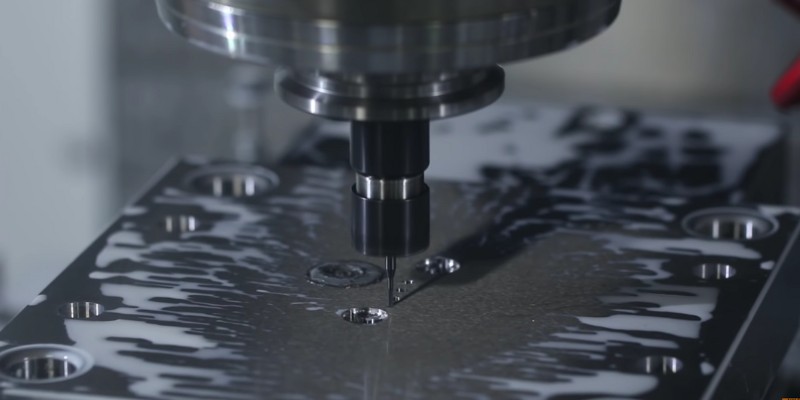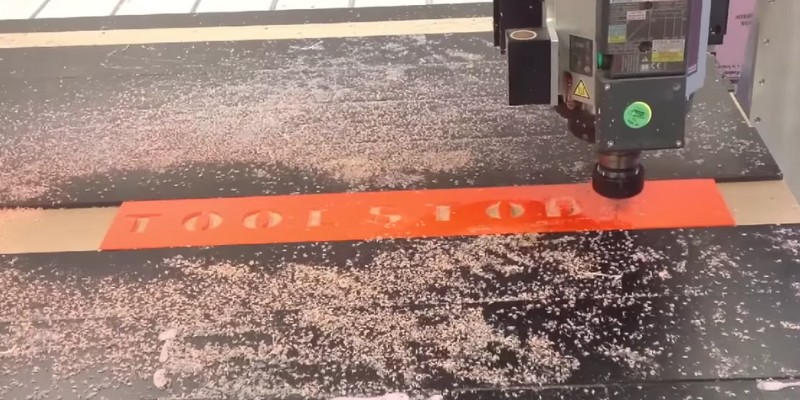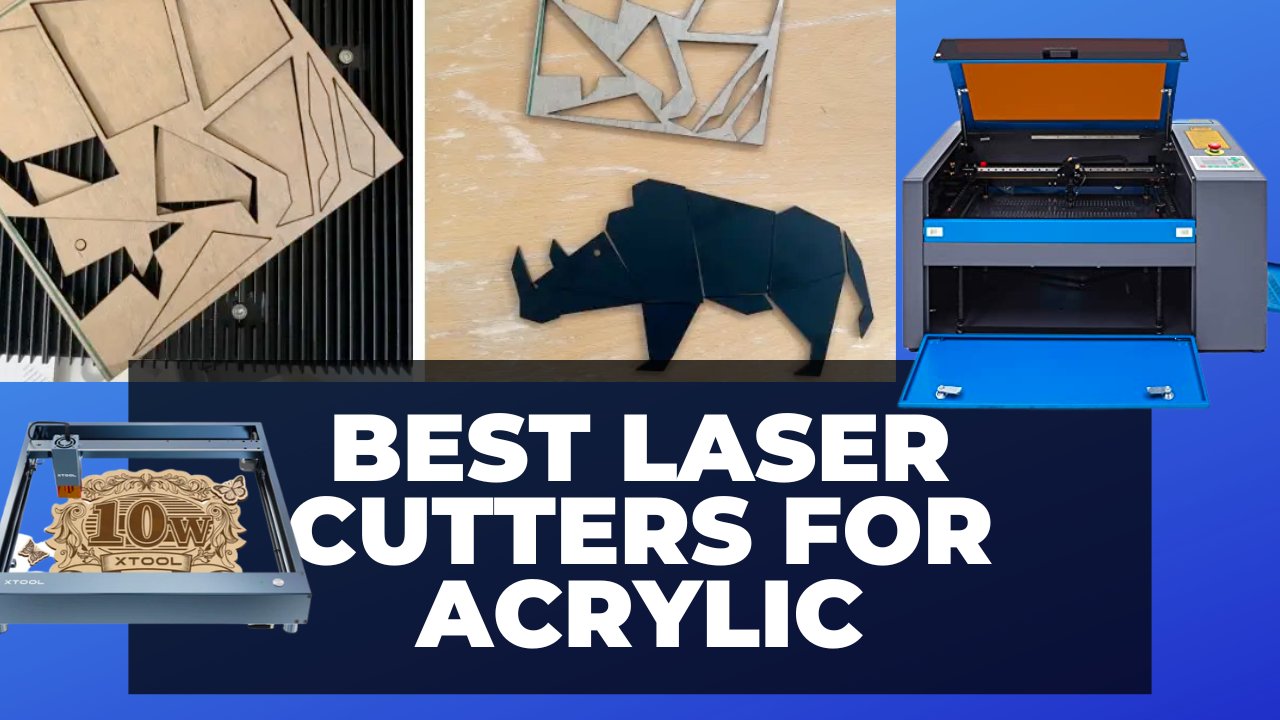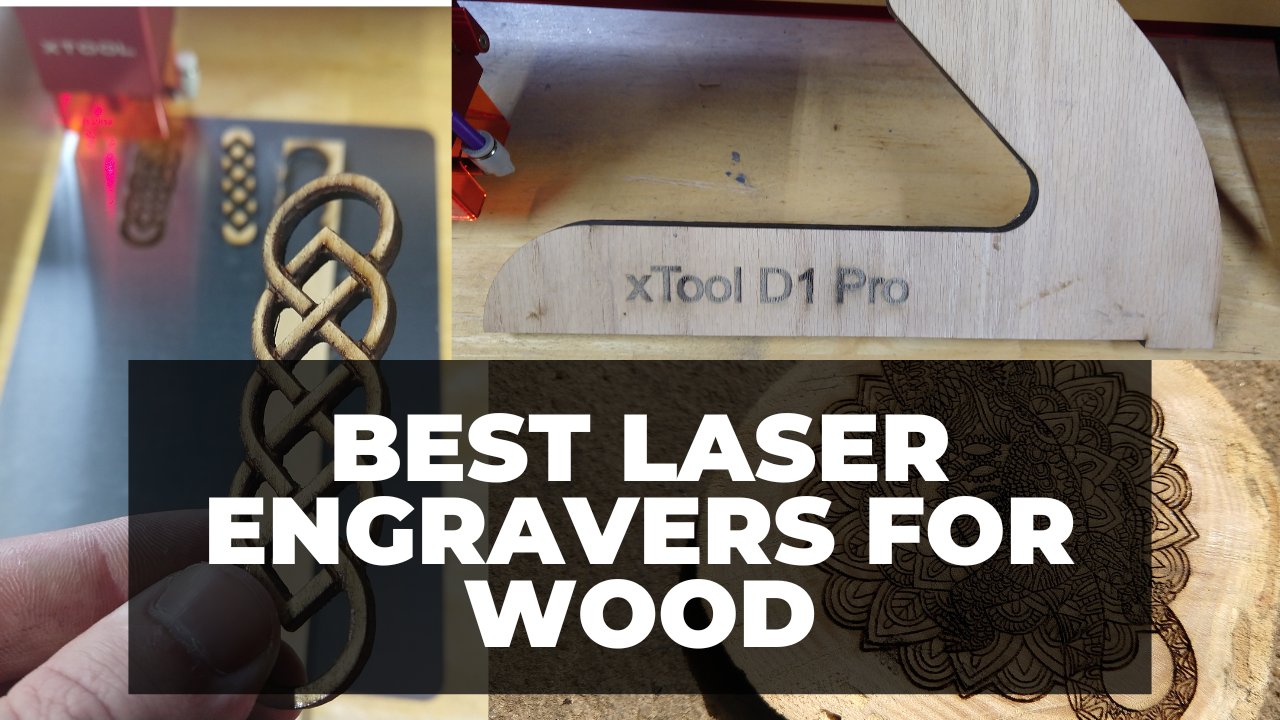Key Takeaways
- Furniture and cabinet making: CNC routers are used to cut and shape wood, MDF, and other materials for making furniture, doors, cabinets, and more. They can also create patterns, joineries, and holes.
- Stone industry: CNC routers are used to cut and engrave stone materials, such as marble, granite, and limestone. They can make countertops, sink cavities, fireplaces, gravestones, and other architectural projects.
- Musical instruments: CNC routers are used to make wooden musical instruments, such as guitars, violins, and pianos. They can cut the body and neck of the instruments, create features and details, and engrave custom designs.
- Sign-making and advertising: CNC routers are used to cut and carve letters and shapes out of aluminum, acrylic, wood, and other materials for making signs and billboards. They can also create channel letters and fillet edges.
CNC routers are used in a wide range of industries, including making furniture, doors, cabinets, in woodworking, creating beautiful musical instruments, and much more.
I’ve used CNC routers for years, and even built my own DIY CNC from scratch. In this article, I’ll go into more detail on what CNC routers are used for, which industries they are not used in (and therefore what they can’t do), and the specifics.
We’re focusing on CNC routers in this article. If we also count other CNC machines like CNC mills and lathes, then almost all advanced industries use at least one form of CNC machine.
What Industries Are CNC Routers Used In?
They are used for a range of purposes and in a range of industries. These include:
Furniture Industry

CNC routers are used heavily in the furniture industry to make bedroom sets, sectionals, table sets, office furniture, and more.
Large wood, MDF, or other material sheets are common raw materials in the furniture industry, and CNC wood routers are perfect for processing them. CNC routers are also used to cut foam and plastics within the furniture industries.

CNC routers cut various furniture parts from the sheets, fillet the edges, engrave and cut patterns, and create holes, counterbores, and countersinks. This makes assembling CNC-cut furniture parts much easier.
Beyond final parts, they’re also used in prototyping initial furniture designs, joinery, engraving custom designs into furniture, and more, and CNC routers keep costs down versus manual carving as they’re quicker, accurate, and waste less material. At CNCSourced we have also collated some of the most interesting CNC furniture designs and downloadable files.
Door Making

Another similar industry CNC routers are used in is door making, especially for doors with precise and intricate detailing.
CNC routers can cut wooden doors, and can also create door carvings on them. More advanced CNC routers can also cut placements for door handles, locks and door hinges, as well as drill holes for keyholes. They’ll also create holes and countersinks for the assembly of the handle and the hinges.

Some CNCs can even automatically feed themselves the raw materials and move the cut doors.
Cabinet Industry

Another industry that heavily relies on CNC routers is cabinet making. They’re used in a very similar way as the door making industry when cutting and machining cabinets.
CNC routers can cut all parts of the cabinet and create patterns, including creating custom panel designs and carving and engraving intricate patterns, and edge profiling and shaping.

More advanced machines can also bore the sides for cabinet joineries for doors and drawer fronts, shelf pin holes, and some CNC routers can even clean themselves from wooden debris automatically. At CNCSourced, we’ve also written about the best cabinet design software to use when CNC machining cabinets.
General Woodworking Industry Applications

We’ve already named some areas, such as furniture and cabinet making, but there are also other woodworking applications we’ll cover here separately.
CNC routers are excellent for making jewelry boxes, backgammon boards, chairs, shelves, dog houses, coffins, toolboxes, desks, and much more.
Custom woodworking items like customized chairs and desks may not see mass production, but they rely on CNC routers for producing lower numbers.
4-axis CNC routers can also make luxury 3D sculptures and chess pieces using rotary axes to cut curved surfaces, as well as rounded features on furniture. I have made chess pieces using the CNC head of my Snapmaker 2.0 before, using the rotary attachment.

Stone Industry

CNC routers have been widely adopted in the stone industry within the last decade to cut marble, granite, limestone, and other similar materials.
The stone industry uses large and powerful CNCs to cut stone, and create patterns on stone designs. CNCs are used to cut countertops for kitchens, create sink cavities, roofing, and cut various stones for buildings and constructions.
CNC routers can also engrave stones, and can be used to create gravestones, stone inlays for home decor, fireplaces, and other architectural projects.

While you won’t be able to cut stone with desktop CNC routers, there are specifically designed CNC routers for cutting stone – though they often cost tens of thousands to several hundred thousand dollars.
Mold Industry

Injection molding is overall the best way to mass-produce most things. Rather than having to machine every piece, you can save money and scale production by CNC machining the mold, and then using these molds to make parts.
CNCs are used to create these molds, with CNC routers and mills used – your preferred option depending on the mold’s material, for example, mills are usually better for metals, whereas CNC routers are effective for plastics and foam, preferably if they have 4 or 5 axes.

CNCs are mostly used to mill mold cavities that are to be filled for injection molding, mold cores and inserts, finishing mold surfaces for accurate part production, and drilling holes into mold prototypes for things like injector pins, alignment pins, and cooling channels.
Musical Instruments

The vast majority of musical instruments are wooden and have some form of engraving. The size and shape of musical instruments are essential to their performance, so the precision and repeatability CNC routers offer makes them essential.
CNC routers are used to cut and shape guitar bodies and necks, violin features, and keyboard or piano keys.

CNC router machines can offer a precise, uniform finish that makes the ideal for the manufacturing process. We’ve previously written about the best CNC routers for making guitars, as well as hosted the best guitar CNC files you can download or be inspired by.
Advertising and Sign-Making

Advertising and sign-making often rely on permanent billboards or signage. CNC routers and lasers are excellent for these purposes. CNC routers can do a number of things for sign-making.

- CNC routers can cut ACM and anodized aluminum sheets and drill them for signs.
- CNC routers can cut wooden frames for signs.
- Routers can also engrave wooden signs.
- CNC routers are used in channel letter fabrication. They can cut the face and sides of letters out of aluminum and acrylic.
- CNCs can carve out precise letters out of wood and acrylic for hand lettering.
At CNCSourced, we have also written a separate buying guide for the best CNCs for sign-making.
Jewelry Making

While CNC routers aren’t typically used for cutting gems themselves – with these lapidary tasks typically done by faceting machines instead using a grinding and polishing wheel – CNCs are sometimes used to create metal molds or settings for gemstone inlays.
CNC routers can cut some metals, and can create fairly accurate and intricate metal jewelry.

Plastic Industry

The use of CNC routers in the plastic industry is on the rise, and there are CNC routers specifically designed for cutting plastics, with CNC tools being designed that are optimized for plastic cutting.
Common plastics CNCs cut include acrylics, ABS, PVC, polycarbonate, polyethylene, and polypropylene.

These CNCs have air blast systems that direct compressed air onto the cutting area, preventing the plastic edges from burning as the CNC cuts the plastic.
CNC routers are used when making intricate or detailed designs with high precision. For example, some manufacturers use CNC routers to make underground spacers.
They’re also used to create:
- Plastic signage, and other displays and fixings for marketing
- Lighting fixtures
- Protective guards and enclosures
- Interior car parts (and some exterior body parts)
- Packaging
- Plastic prototypes
What Industries Are CNC Routers Not Used In?
CNC router machines are ideal for certain uses and industries. However, there are some limitations to what they are capable of.
Some things a CNC router machine can’t do include:
- Cutting tall materials – The cutting depth is limited with CNC routers, so certain materials may be too tall, and alternative cutting methods will be required. For example, drilling a very deep hole can be done with a CNC mill – but not a router.
- Producing certain designs or shapes – Some intricate patterns aren’t best suited for CNC routers; for example, extremely fine engraving is easier with a laser engraver. CNC routers also cannot cut perfect square corners with endmills, so specialized machines or manual cutting is better suited here.
- Cutting certain materials – CNC routers are not great with metals, though they can cut softer metals like aluminum, brass, and copper. CNC mills are better with steel, titanium, and metals generally. CNC routers are most commonly used to cut wood, MDF, plastic, fiberglass, and other less hard materials. Although stone materials like granite and marble are very hard, specialist CNC routers can cut them.
- Guarantee 0.01mm tolerances – Most CNC routers are not as accurate as high-end CNC mills. So, if extraordinary precision is required, CNC mills are more appropriate for the job.
- Think for themselves – A CNC router machine can only create what it has been programmed to cut. They are perfect for cutting programmed designs significantly faster than the human hand, so, designers and machinists complement a CNC perfectly. But they require skilled designers and operators to get good results.
- Though, with LLMs such as OpenAI’s GPT models advancing so quickly, I would not be surprised if I have to update this article in a year’s time when AI applications have been built into CAD CAM software to write g-code based on user prompts, that CNCs then cut. While this isn’t the CNC router thinking for itself, it is progress towards this if AI tech is built into their design and control CAD/CAM software.


















